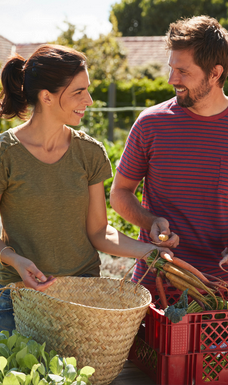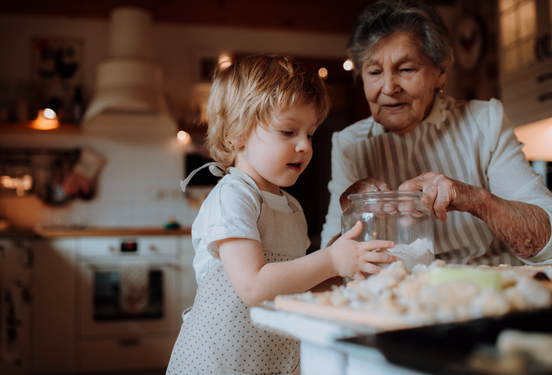Social benefits


It's not an 'intentional' community
It has been proven that people thrive better when in casual and frequent contact with others—we are social by nature. A village is not an intentional community where people are required to meet and make decisions together. Simply nodding to others on a garden path or in a café has been shown to be sufficient to keep our mental health in good shape.
Getting to know you...
When living in a village atmosphere, it’s easy to get to know other residents if you want to, and different types of communities have the potential to emerge. For instance, it is much more plausible and cost effective to organise child minding, caring for our elderly, and to encourage them to participate in village life, than using institutions that are void of the yin, or matriarchal, traits of love and real caring that grows over time.

The incorporation of a complementary or yin currency is essential if we want the potential of empowerment and abundance for everyone—from young to old. This is probably the hardest aspect for people to grasp. So we recommend that you read the parts of the book relating to this aspect, as it really needs to be explained through experiential storytelling.
